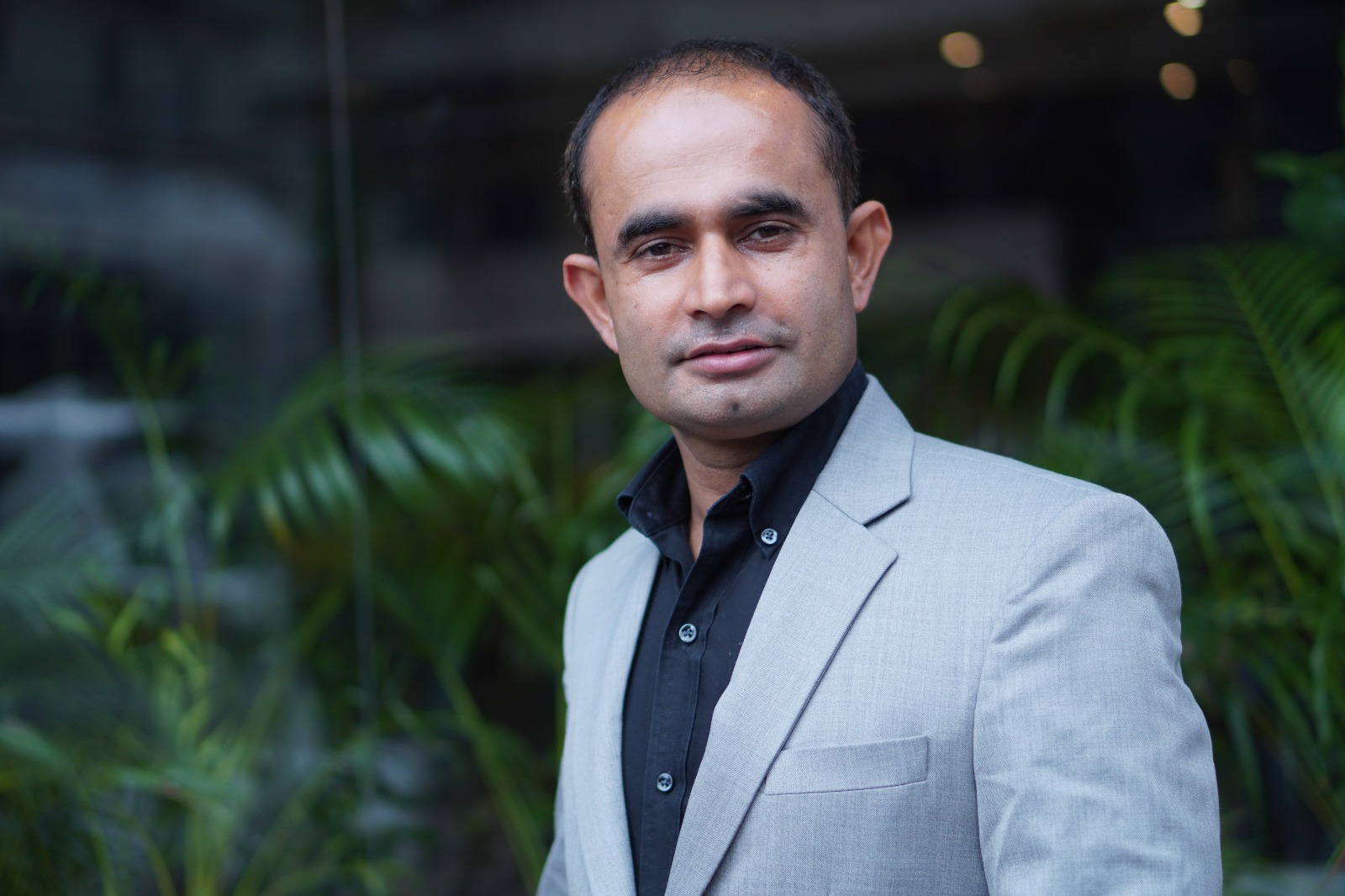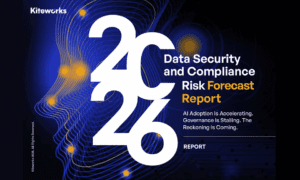Introduction: A Builder Born in the Back Office
Before fintech became the trendy buzzword it is today, Sabeer Nelli was battling real-world business headaches—paper checks that wouldn’t send on time, payroll delays that risked employee trust, and a patchwork of financial tools that barely worked together. These weren’t just operational annoyances; they were obstacles standing between him and sustainable business growth at Tyler Petroleum, the chain of fuel and retail businesses he owned in Texas.
What set Sabeer apart wasn’t that he complained louder than others. It was that he quietly built a solution that now serves over a million users and processes billions of dollars. The platform? Zil Money. The mission? Make business finance as seamless and stress-free as printing a document.
This is the story of how a retail operator became a fintech visionary—by solving his own problems first, and scaling the solution second.
Solving from the Ground Up
Long before he was building APIs and security architecture, Sabeer was reconciling fuel invoices and managing cash flow manually. His experience in the trenches made one thing abundantly clear: the tools built for small businesses weren’t actually designed with small businesses in mind. They were clunky, fragmented, and often assumed a level of financial fluency that most operators simply didn’t have the time or training to develop.
This hands-on exposure gave Sabeer an invaluable edge. Unlike startup founders who began in boardrooms, he understood where things broke—and why. He saw the real cost of inefficient systems, not in theory, but in lost hours, missed payments, and employee frustration.
When he started building Zil Money, it wasn’t to join the fintech movement. It was to fix something broken in his own operations. That intention—the desire to simplify, not to impress—still drives the platform’s evolution today.
Utility Over Vanity
In an age where apps boast about AI, machine learning, and blockchain integrations, Sabeer took a different route. Zil Money doesn’t flaunt cutting-edge trends unless they solve a specific user need. The product design focuses on clarity, not complexity.
Want to print a check? It’s as simple as uploading a template and clicking “Print.” Need to send a wire transfer or run payroll by credit card? The interface walks you through each step with plain-English labels and real-time status updates.
Sabeer’s north star isn’t vanity metrics like time-on-app or user session length. His measure of success is whether the user can complete their task quickly and confidently—and then get back to running their business.
Built to Earn Trust Quietly
Security and compliance aren’t afterthoughts at Zil Money. Sabeer built them into the DNA of the platform from day one. The company holds multiple certifications—SOC 1, SOC 2, PCI DSS, ISO 27001—and complies with standards like HIPAA and GDPR.
But what makes Sabeer’s approach different is his philosophy on trust. In his view, trust shouldn’t be something a company “asks for.” It should be something that’s earned in silence—through reliability, uptime, transparent pricing, and real customer support.
This mindset comes from his early retail days, where even one mistake in fuel pricing or a payroll error could break a customer or employee relationship for good. That risk gave him a deep respect for consistency, which now shows in Zil Money’s design, support, and infrastructure.
The Ecosystem Play: From Tools to a Full Financial Platform
Sabeer didn’t stop at solving one problem. Once check printing was nailed down, he added ACH transfers. Then wire payments. Then pay-by-credit-card payroll. Eventually, he expanded into international payments, completing a vision that few other fintech companies had the foresight—or discipline—to pursue.
His goal wasn’t to just build tools. It was to create an ecosystem that could serve every financial need of an SME on a single platform. That ecosystem now enables Zil Money to offer unparalleled convenience and cross-feature integration: from unified reporting dashboards to streamlined compliance and reconciliations.
It also builds what economists call “platform stickiness”—once a business uses multiple features, the cost of switching to another provider skyrockets. It’s a masterclass in long-term strategic positioning.
From Chaos to Control: A User’s Journey
Imagine a business owner managing three retail locations. Every week, they print dozens of checks, pay suppliers through ACH, wire international vendors, and process payroll. Before Zil Money, they had to log into five different systems—and manually reconcile transactions across them.
With Zil Money, they can do it all from a single dashboard. The user doesn’t care that the system is routing payments through secure APIs or logging audit trails behind the scenes. They just care that it works—and that they can go home on time without financial chaos looming.
That’s the ultimate win Sabeer offers: not just software, but peace of mind.
Leadership Anchored in Simplicity
Sabeer doesn’t run Zil Money like a hype-driven startup. He runs it with the same precision he brought to Tyler Petroleum: document everything, measure what matters, and never lose sight of the end user.
His leadership style reflects this ethos. Teams are encouraged to think like operators, not just coders or marketers. Everyone understands the customer problem they’re solving. Cross-functional communication is prioritized. Engineers talk to support teams. Product managers sit in on real user calls.
The result? A company culture that values clarity over flash—and outcomes over optics.
Conclusion: The Power of Practical Vision
In a world obsessed with innovation, Sabeer Nelli reminds us that the best technology isn’t always the newest—it’s the most useful. His journey from gas station operations to fintech success proves that you don’t need to reinvent the wheel to make an impact. Sometimes, you just need to make it spin smoother, faster, and with fewer breakdowns.
What Sabeer built with Zil Money isn’t flashy. It doesn’t make headlines for its interface. But it wins loyalty from business owners who just want financial tools that work—and keep working.
That, in the end, is his legacy: building with intention, leading with discipline, and never forgetting the end user.
Read More From Techbullion



































